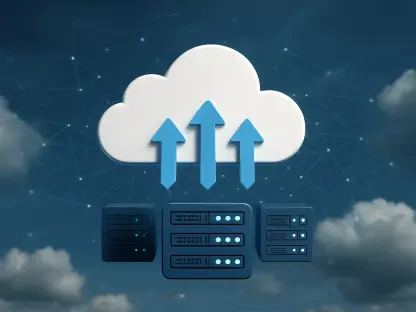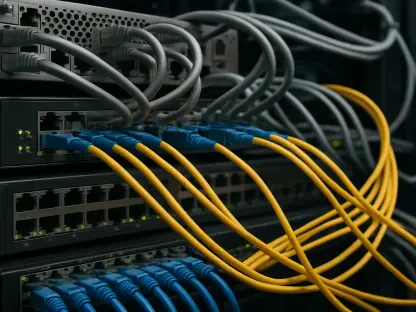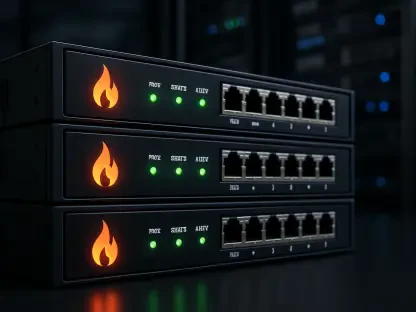Amid global digital transformation, the network equipment market is experiencing substantial growth driven by the widespread integration of IoT and the deployment of 5G technologies. This expansion reflects a pressing need for enhanced infrastructure capable of supporting ever-increasing connectivity demands. Projections indicate robust market growth, with forecasts estimating a rise from $34,239.7 million in 2025 to $75,990.4 million by 2035, highlighting an 8.3% compound annual growth rate (CAGR). Understanding these shifts is crucial for stakeholders aiming to capitalize on emerging opportunities.
Connectivity Revolution: IoT Devices and 5G Networks Shape the Market
With the rapid evolution of Internet of Things (IoT) devices and the rollout of 5G networks, the landscape of network equipment is undergoing a transformative shift. These technologies collectively drive advancements that necessitate the overhaul of existing systems. Market growth hinges on the demand for network components like advanced routers, switches, and security devices, essential for handling increased data traffic and ensuring low latency. Telecommunications sectors, by virtue of deep integration with these technologies, remain pivotal players in this evolution.
The telecommunications industry heavily invests in Next Generation Networks (NGNs), incorporating features such as voice over Internet protocol (VoIP) and high-speed services. These engagements necessitate infrastructure upgrades, creating expansive prospects for the network equipment market. Public-private partnerships enhance these developments, pushing the boundaries of how connectivity can be harnessed on a global scale.
Challenges in Networking: High Costs and Regulatory Barriers
Even amidst growth, challenges such as high research and development costs and a stringent regulatory framework present formidable obstacles. Small service providers often hesitate to adopt next-gen technologies due to these financial and regulatory demands. Infrastructure development in emerging markets is further hindered by sluggish technology adoption, posing significant barriers to universal connectivity enhancement.
The necessity of infrastructure that supports cutting-edge technologies underscores the complex dynamic between market aspirations and real-world limitations. Factors like these underscore a persistent gap between potential and realized market expansions, prompting stakeholders to strategize solutions for overcoming these hurdles.
Emerging Applications: Cloud and Edge Computing
Beyond traditional requirements, cloud and edge computing have surfaced as game-changers, demanding network equipment that operates efficiently across hybrid and multi-cloud environments. Edge computing, in particular, minimizes latency by processing data near its source, thus increasing performance expectations for network devices.
These applications present fresh opportunities that compel industries to adapt swiftly. They necessitate specialized equipment capable of managing heightened data demands, acknowledging that the future of networking hinges on seamless integration of cloud-based solutions.
Strategic Insights: Navigating Regional Differences and Opportunities
From a regional perspective, North America leads due to aggressive technological uptake and robust infrastructure. Major firms in this region pave the way for innovation, setting trends other markets follow. Meanwhile, the Asia-Pacific region witnesses rapid growth, spurred by digitalization and supportive governmental initiatives.
In addressing these regional dynamics, opportunity lies in developing smart infrastructures and enhanced security systems. Stakeholders must navigate local regulatory landscapes and infrastructure disparities, forging paths that leverage local strengths while addressing specific challenges.
Conclusion
The decade sees an equipment market primed for major expansion driven by the catalytic forces of IoT and 5G. Despite inherent challenges like regulatory constraints and high costs, there’s an undeniable momentum toward digital transformation across sectors. Enterprises prioritize infrastructure enhancements, aligning them with the emerging global connectivity standards. The strategic integration of cloud and edge computing, along with necessary infrastructure adjustments, sets the stage for a future where seamless data flow and robust security define success. Stakeholders now need to focus on adapting and expanding these technological avenues to achieve sustained growth worldwide.









